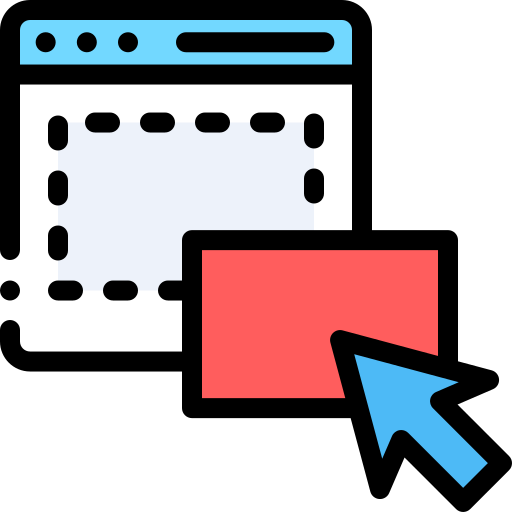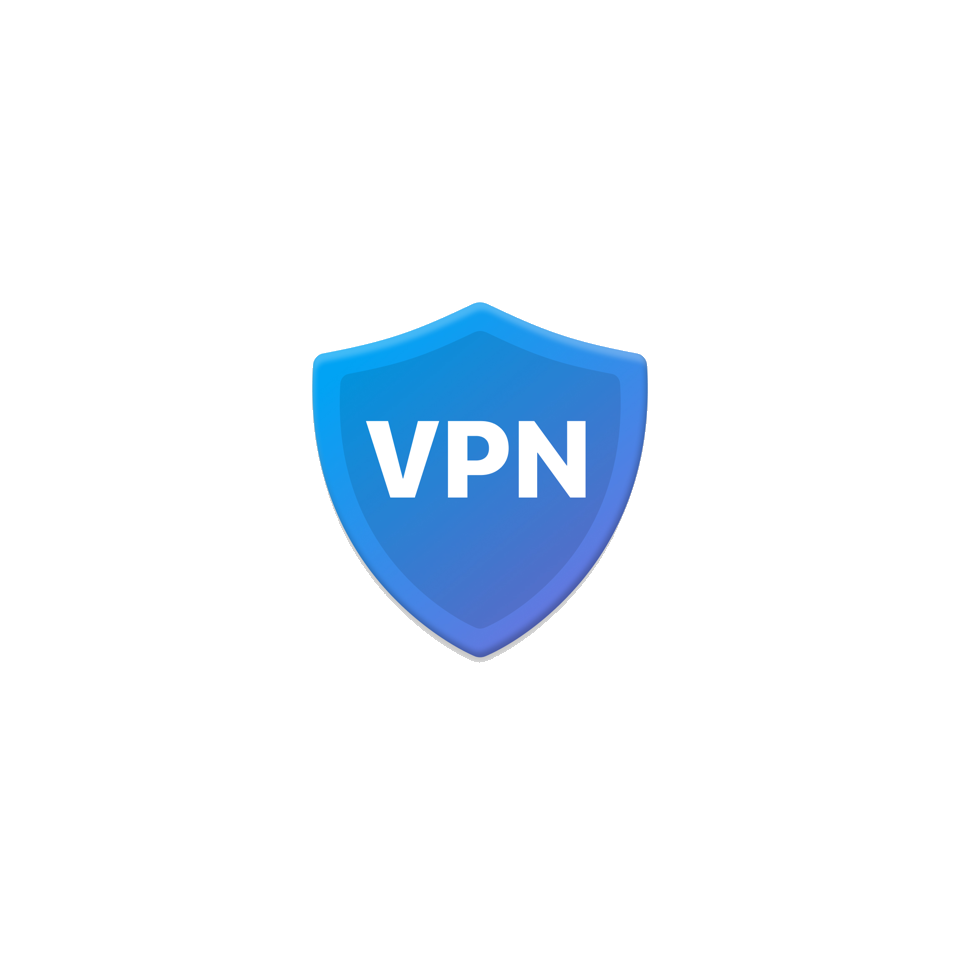Take control of your dedicated server with your eyes closed!
- Customize your hosting environment to match your exact needs.
- Scale effortlessly from small projects to enterprise-grade infrastructure.
- Maintain full control with advanced security and management tools.
- Enjoy high performance, fast deployment, and reliable uptime.

Our Services

Hosting

VPN

Domain Name

Website Builder

Email Marketing

WordPress Tool
All-in-One Digital Solutions
End-to-End Digital Hosting Solutions
Secure and Private VPN Access

AI-Powered Website Building
Professional Email Marketing Tools
Our Vision
Creating great digital solutions isn’t just coding it’s people. At Alternate Product, we believe that technology should be simplified to make it accessible to everyone. From startups to scale-ups, our solutions are meant for growth, freedom, and trust.
We don’t just offer hosting or VPNs we offer control. We don’t just build websites we build confidence. Join us in bringing ideas to life, and customers to a lifetime of believing. We are not just a tech company. We’re your online business partner.

How We Help You Succeed
We understand that your needs aren’t a one size fits all situation and neither are the solutions you receive. That’s why we don’t believe in generic advice or toolkit solutions. Instead, we take the time to learn about your expectations, challenges, and objectives.

MOBILE VPN
- Security and privacy
- Access to restricted content
- Protection on Wi-Fi
- Anonymity

Drag And Drop Website Builder
- Easy to Use
- Saves Time
- Flexibility
- Cost-effective
- Low Maintenance

MemberShip Plugin
- Recurring Revenue
- Exclusive Content
- Stronger Community
- Streamlined Payments
- Targeted Communication
Why Choose Us

Top 10 products
Forget endless options. We give you the best 10, saving you time and effort.

100% Free Use
No subscriptions, no fees. Just free info to find the perfect digital product.

Free From fraud
Trustworthy recommendations. We prioritize YOU, not shady deals.
What Our Customers Says

I used alternateproduct.com to find a wordpress tool for my startup, and it was fantastic! The site is user-friendly, with detailed reviews and an effective comparison tool. The guides and articles were informative. I quickly found the perfect tool for my needs and budget. Highly recommended for anyone exploring SaaS options!

I recently used alternateproduct.com to find a wordpress tool for my startup, and it was fantastic! The site is user-friendly, with detailed reviews and an effective comparison tool. The guides and articles were informative. I quickly found the perfect tool for my needs and budget. Highly recommended for anyone exploring SaaS options!] to select the ideal hosting provider for my website, and it was an excellent resource!

I recently used AlternateProduct.com to find an email marketing tool for my small business, and it was fantastic! The site provided detailed reviews with clear pros and cons, a side-by-side comparison feature, and insightful user testimonials. The educational resources on email marketing were an added bonus, and the customer support was prompt and helpful. Thanks to AlternateProduct.com, I found a tool that perfectly fits my budget and needs. Highly recommended for anyone seeking a reliable email marketing solution!
Uncover the Latest Blog

How To Choose The Right Hosting Plan For Your Website In 2025

VPS vs Dedicated: Choosing the Best Server for E‑Commerce (2025 Guide)
Works With Tools You Already Use
Seamlessly connect Alternate Product with leading platforms and services. From marketing automation to CMS tools, we’ve made integration effortless.





There are 4 main types of web hosting:
- Shared: Cheapest, good for starters (think shared apartment).
- VPS: More power than shared (your own space in an apartment).
- Cloud: Grows with your website (renting in a big building).
- Dedicated: Most control (having your own house).
FTP stands for File Transfer Protocol. It’s a way to upload and download files between computers on a network. Imagine it like a dedicated courier service for your files.
Choosing web hosting depends on your website’s size and traffic.
- Small website, low traffic? Shared hosting is affordable and easy to use.
- Growing website, moderate traffic? VPS hosting offers more power and control.
- High-traffic or complex website? Consider cloud or dedicated hosting for scalability and security.
Similar to choosing a hosting plan, the amount of bandwidth and storage you need depends on your website’s size and traffic.
- Small website, low traffic: Start with a basic plan offering 1GB storage and 3-5GB bandwidth.
- Growing website, moderate traffic: Opt for plans with 5-10GB storage and 10-20GB bandwidth.
- High-traffic or complex website: Consider plans with 20GB+ storage and 50GB+ bandwidth, or explore scalable cloud options.
A database is like a giant organized filing cabinet for your computer. It stores information in a structured way, often using tables with rows and columns, so you can easily find and manage it. You can think of it as a collection of related data that’s controlled by special software to keep it organized.
WordPress is a popular platform for creating websites. It’s especially beginner-friendly because you don’t need coding knowledge to use it. Here’s a breakdown:
- Easy to Use: Drag-and-drop editing and pre-designed templates make website creation accessible.
- Free & Open-Source: You can download and use the basic software for free.
- Versatile: Suitable for blogs, portfolios, businesses, and even online stores.
- Customizable: Plugins and themes allow you to personalize your website’s design and functionality.
Here are 3 key ways to secure your website:
Strong Foundations: Use strong passwords, keep your software updated (WordPress, plugins, themes), and choose a reliable hosting provider with security features.
Encryption: Install an SSL certificate to encrypt data transfer between your website and visitors, making it harder for hackers to steal information.
Backups: Regularly back up your website’s files and database. This allows you to restore your site quickly in case of security incidents.
Email hosting is like renting out a space specifically for your business emails. Unlike free email services, it lets you have professional email addresses ([email address removed]) and often comes with extra features like increased storage and security.
Setting up email with your domain involves:
- Choosing an email provider (like Google Workspace).
- Creating email addresses using your domain name.
- Updating your domain’s settings with MX records (pointing to your provider).
- Verifying domain ownership.
It can be technical, but providers often have guides or support to help.
A control panel is a user interface that allows you to manage settings and features of various systems. Imagine it like a central hub with dials and buttons to control different aspects of something.
Ready to Power Up Your Online Presence?
Choose smart. Choose secure. Choose Alternate Product.



